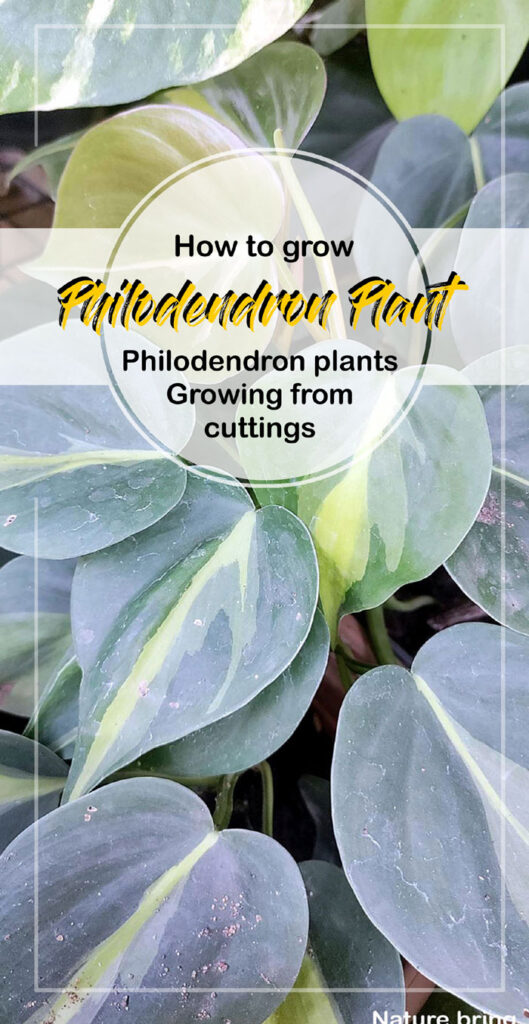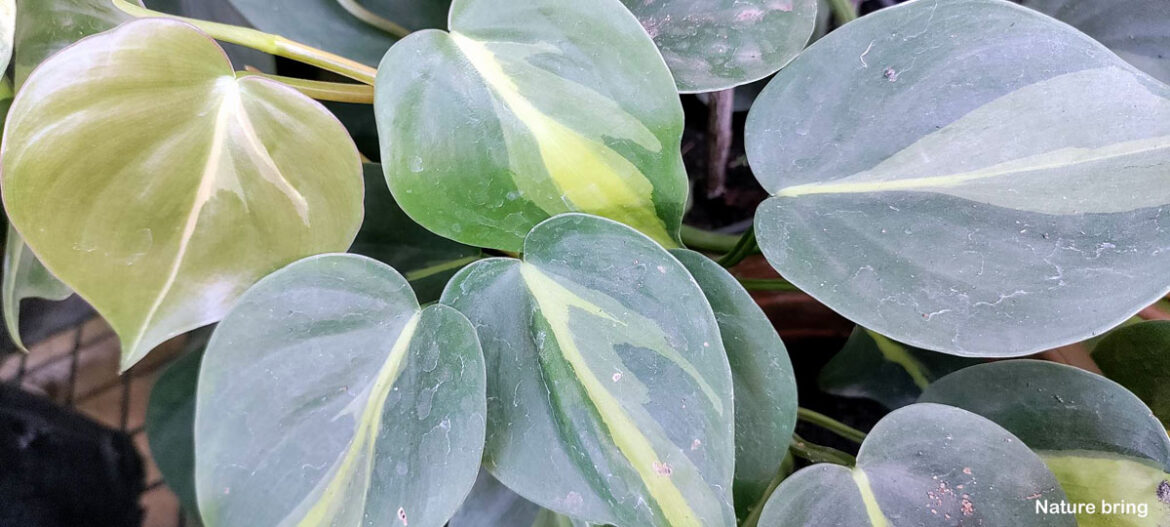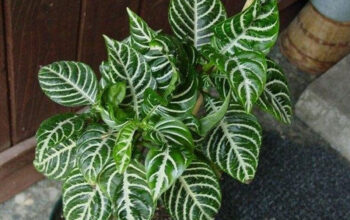Philodendron Plant
Philodendron is an extensive flowering plant genus in the Araceae family. Despite the World Checklist of Selected Plant Families accepting 489 species as of September 2015, other sources accept additional numbers. Araceae is the second-largest family within the plant kingdom after the genusrium, regardless of the number of species.
A number of species of Philodendron remain undescribed, making it one of the least known genera taxonomically. Plants such as these can be cultivated both indoors and outdoors.
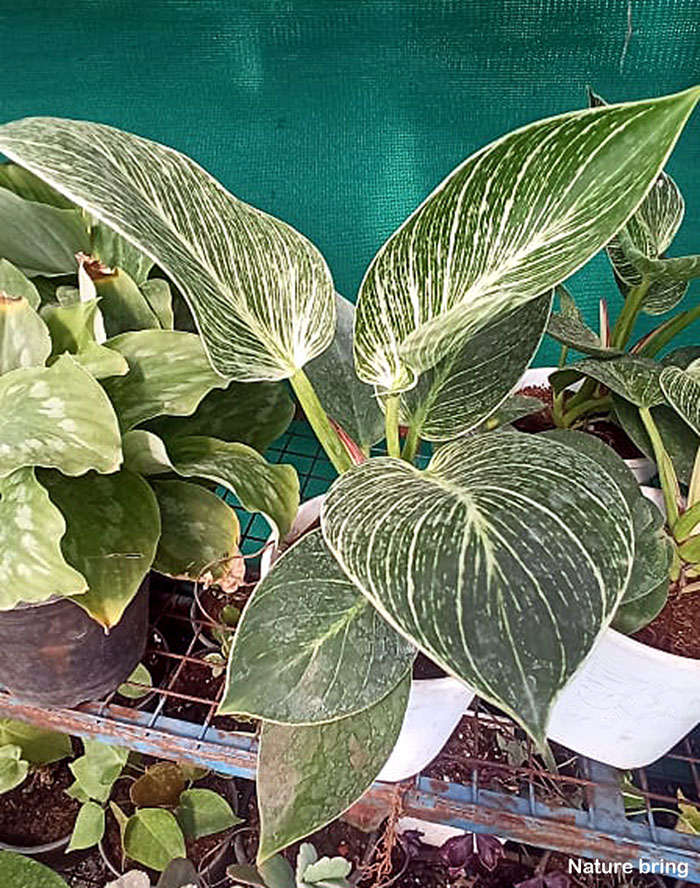
Overview of Philodendron Plant
Scientific name Philodendron
Common name Philodendron
Plant type Houseplant
Sun Bright indirect sunlight
Soil Well-drained, Rich Soil.
Soil pH 5.0- 6.0
USDA Zone 9-11
How to Grow and Care for Philodendron Plant
Plants like Philodendrons can also be a wonderful addition to a home that filters the air. It is most effective to plant them in the spring, but houseplants can usually be started at any period of the year with success. Pets and humans can become sick from consuming them.
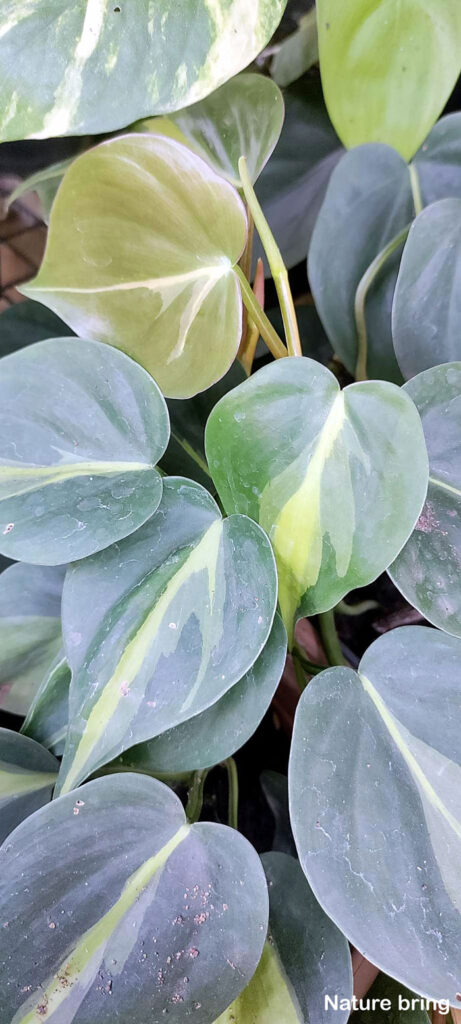
Growing from seeds
- Philodendrons can be grown quickly from stem cuttings rather of seeds. It is feasible to plant several seeds in a 6-inch pot, if you insist. Seeds should be sown approximately 1/3 of an inch deep every two inches in rich soil. Place a plastic sheet over the plant. It is advisable to pull the plastic periodically so that air can circulate. Make certain the soil is kept moist by spraying it regularly.
- Planting Philodendron seeds does not demand soaking. 68 to 73 degrees Fahrenheit is the perfect soil temperature for the seeds to germinate in two to eight weeks. After the seedlings sprout, transfer them each to their own small pot to foster the development of strong roots.
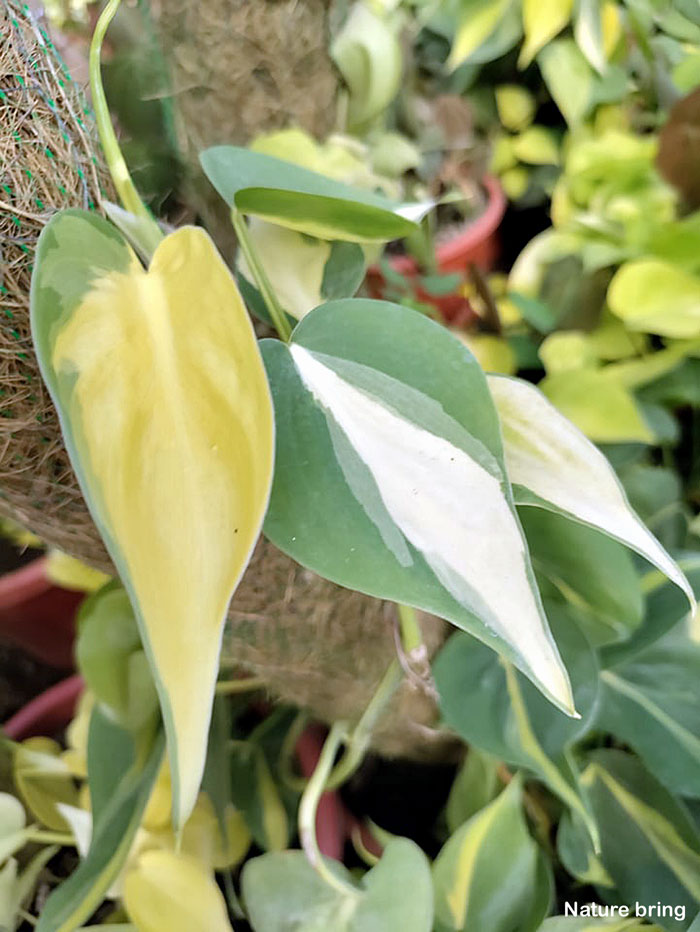
Growing from cuttings
- Taking stem cuttings and splitting Philodendron plants is a straightforward process.
- It is vital to use sterilized pruning shears or heavy-duty scissors, potting mix, a pot, and, if you want to use rooting hormone, a rooting hormone.
- Place roughly a 6-inch segment of the stem in water to develop roots. Rooting hormones can boost your success rate with rooting, but they are not always practical.
- As the water evaporates, add more water. Changing the water completely after sitting longer than two or three weeks will control the growth of bacteria or algae.
- After a couple of weeks (normally within a few days), pot the cutting in wet soil.
Sunlight
It is better to disclose Philodendrons without solid green leaves to indirect, radiant light and expose them to more light. The best light circumstances for philodendrons are medium light and bright indirect sunlight. Yellowing arises naturally as the leaves age. In contrast, if you detect a large number of yellow leaves at once, this could suggest that the plant is receiving too much sun.
Watering
In comparison with other plants, Philodendrons don’t demand nearly as much water. It is achievable for them to suffer from overwatering. Watering should be done more often if the plant is exposed to high light or if the temperature is warmer, whereas less frequent watering is recommended if the plant is in low light or cooler temperatures.
Ensure the soil is dry between waterings by watering every 1-2 weeks. In response to increased light, frequency should increase.
Soil
It is instructed that Philodendrons be cultivated in slightly acidic soil. In order for philodendrons to flourish, their PH needs to be between 5.0 and 6.0. They favor soil that remains consistently moist without becoming too soaked. Keep in mind that clay or ceramic pots manage to dry out more quickly than plastic or glazed ones if the soil is not watered until the top inch is dry.
Fertilizer
Furnishing nitrogen fertilizer to philodendron plants is an essential part of their maintenance. It optimizes the growth of live plants by providing nutrients to the soil and roots in a 3-1-2 miracle ratio. In general, philodendrons require a balanced fertilizer such as 20-20-20. Even though philodendrons seldom blossom domestically, phosphorus (the middle number) is still vital to the plant’s health.
The best practice to care for your philodendron is to fertilize it once a month during the spring and summer. The most evolution will occur during this time. The feeding frequency should be reduced to six to eight weeks during the fall and winter. As a general rule, look at the leaves to decide when to feed.
Read also:
How to grow Fiddle Leaf Fig in a container. Coleus plants (plectranthus scutellarioides) Growing and care tips. 7 indoor plants that greenery around you. Growing elephant ear plant at home. Syngonium Plant (arrowhead plant) growing guide.
For pin:
